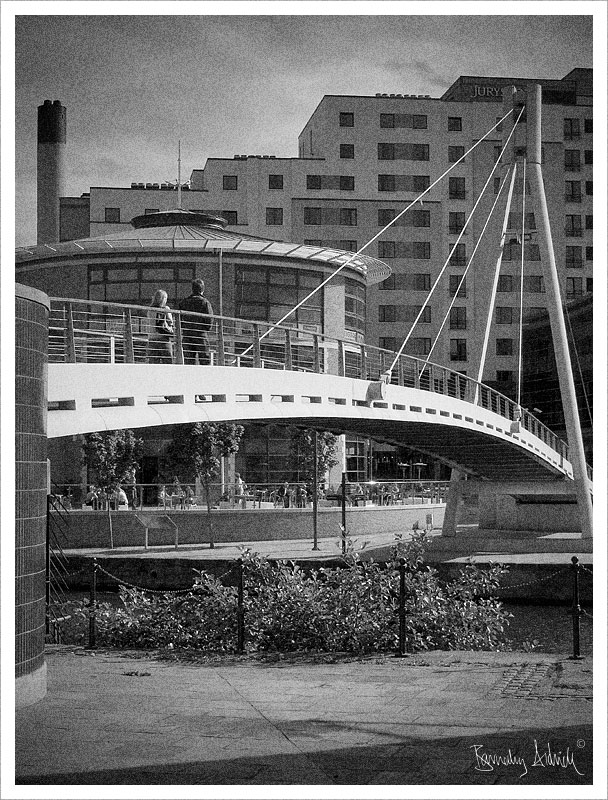I think the biggest challenge to the 3rd sector is the prevalence of many to look to the procurement requirements and proclivities of the state rather than looking long and hard at the community, its wants and needs.
A preoccupation with what Government wants to buy over and above developing enterprising services that local communities really want and need will gradually erode what credibility and goodwill the sector retains.
Social enterprises and community development organisations need to face those they purport to serve. Too many good development workers and voluntary organisations have already been ‘bought off’ to deliver the states objectives around obesity, entrepreneurship, smoking cessation, worklessness and so on.
Not only does this make a mockery of community development, it also wrecks the chance of doing good person centred development work in the forseeable future.
The problem is not just the pursuit of government funding and a ‘race to the bottom’ of the ladder for costs of service delivery – but a real and lasting breach of trust with those whom we purport to serve which may take us years to recover.
Those that wish to represent the sector need to make a much better fist of negotiating its relationship with the state. Otherwise the dead hand of the bureacrat will kill the goose that lays the golden egg.

